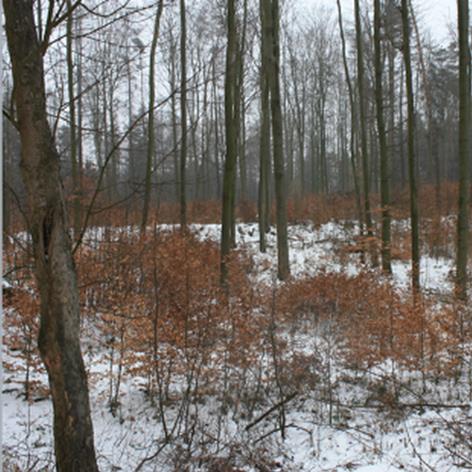
Protection, rehabilitation and rejuvenation of forests esp. on slopes
Because of their retention effect and because they protect slopes from erosion, forests reduce surface water runoff and sediment transport. Forest management should be adapted to suit the specific needs of vulnerable objects further down the slope. Large-scale logging operations, for example, need to be avoided. Forest composition should be managed to achieve a water retention level that is as high as possible. Forestry measures should accommodate the likely changes in precipitation and flooding patterns derived from climate change.
Check out the RAINMAN good practice examples:
no good practice example available
READ MORE:
- Office International de l’Eau (2015): Natural Water Retention Measures, URL: http://nwrm.eu (19.03.2020): maintenance of forest cover in headwater areas
- Amt der Oberösterreichischen Landesregierung (2015): Hangwassermanagement Maßnahmenkatalog [management of pluvial floods catalogue of measures] (unpublished brochure, online version accessible at URL: https://www.land-oberoesterreich.gv.at/222593.htm): Schutzwald
- Norbert Billern, André Assmann, Jessica Kempf, Heike Puhlmann (2018): Land-und forstwirtschaftliche Maßnahmen zur Stärkung des Wasser-und Bodenrückhalts in Kommunen, URL: https://www.researchgate.net/publication/324797743_Land-und_forstwirtschaftliche_Massnahmen_zur_Starkung_des_Wasser-und_Bodenruckhalts_in_Kommunen (19.03.2020): Mischwaldetablierung
Sabine Scharfe, Saxon State Office for Environment, Agriculture and Geology





